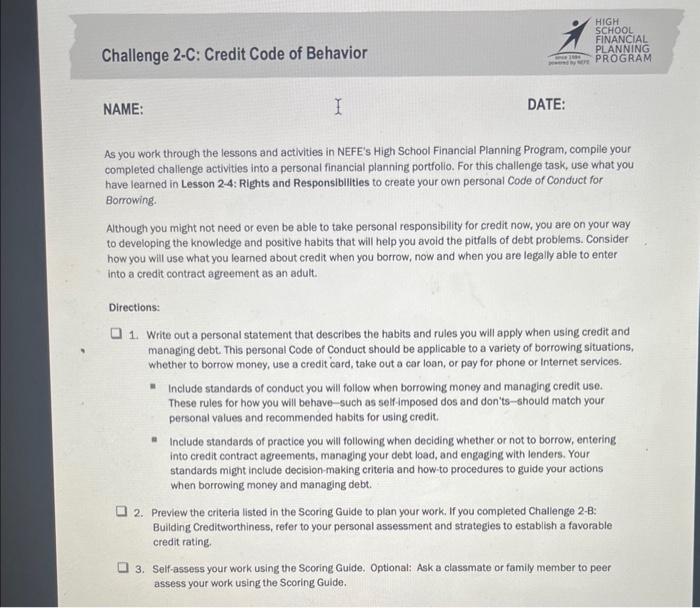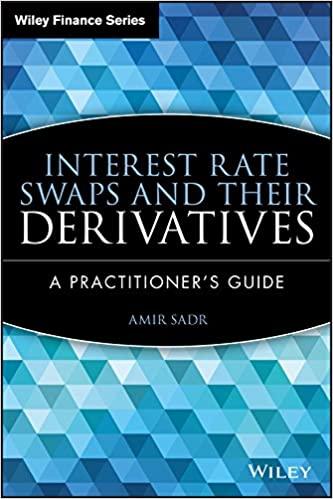Answered step by step
Verified Expert Solution
Question
1 Approved Answer
write a credit code of behavior NAME: DATE: As you work through the lessons and activities in NEFE's High School Financial Planning Program, compile your
write a credit code of behavior 

Step by Step Solution
There are 3 Steps involved in it
Step: 1

Get Instant Access to Expert-Tailored Solutions
See step-by-step solutions with expert insights and AI powered tools for academic success
Step: 2

Step: 3

Ace Your Homework with AI
Get the answers you need in no time with our AI-driven, step-by-step assistance
Get Started


